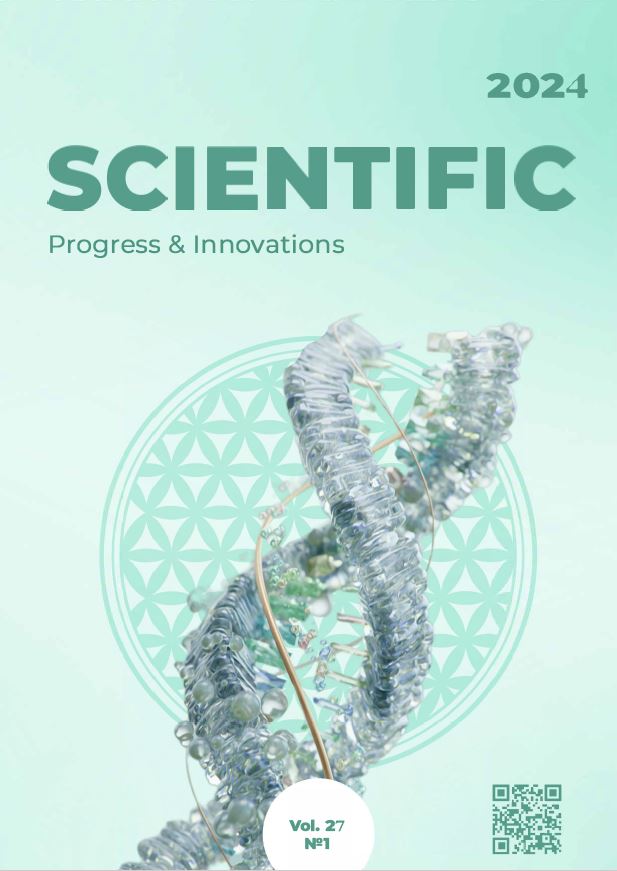Microbiological risks in the production of raw milk
DOI:
https://doi.org/10.31210/spi2024.27.01.29Keywords:
freshly milked cow's milk, bacterial insemination, cow's skin, milking equipment, fodder, water, air.Abstract
A study was conducted on the microbial contamination of raw milk during its production on a dairy farm. The highest levels of microbial insemination among the studied objects were in the feed mixture, which ranged from 77×104 (spring) to 86×104 (summer) CFU/cm3. In other seasons of the year, they were also quite high and amounted to 15×104 (winter) and 35×104 (autumn) CFU/cm3. The obtained indicators indicate that fodder and fodder mixtures prepared from them are an important factor in microbial contamination of livestock facilities. High levels of bacteria in indoor air in the summer (62×104 CFU/cm3) are evidence of the introduction of microbiota from the farm territory (insufficient surface area of driveways and sites, soil areas not sown with grass, lack of green plantings, presence on the territory farms, walking yards, etc.), that is, everything that can be a factor of intensive dust formation. It was determined that the number of microorganisms on the skin of the udder of cows in different seasons of the year ranks second (from 23×104 (autumn) to 43×104 (spring) CFU/cm3) after fodder. Water and rubber of milking cups are a less important factor in the microbial load on the body of cows, including on the skin of the mammary gland of cows, because the content of microorganisms in them is insignificant and varies within the range of 0.26 – 1.5×104 CFU/cm3. Indicators of bacterial insemination of stall floors were in the range of 3.6×108 (summer) – 8.4×108 (winter) CFU/cm3, which are quite high. The species composition of the microbiota of fodder mixtures according to the content of BHCP, staphylococci, streptococci, fungi and yeast in the seasons of the year depends on the level of their general bacterial insemination. Thus, the content of these types of conditionally pathogenic microflora according to the CFU/cm3 indicator is the highest in the summer period and is 1.8±0.07×104 for BGCP, 8.4±0.34×102 for staphylococci, and 5 for streptococci, 4.0±0.22×102 and for mushrooms and yeast – 5.5±0.22×102. The highest indicators of the content of opportunistic microbiota in all periods of the year were in washings from the floor of stalls; they are one, two or even three orders of magnitude higher than in other objects of microbiological research and amount to 3.5±0.17×105 for BGKP, for staphylococci – 5.4±0.22×104, for streptococci – 8.3±0.41×104, and for mushrooms and yeast – 4.3±0.22×103 (summer period). The analysis of the obtained data indicates the objective permanent microbiological risks of infection of the mammary gland of cows with a number of types of pathogenic, conditionally pathogenic microflora, which can negatively affect the health of the udder, and as a result, the quality and safety of raw milk and the food chain.

 Creative Commons Attribution 4.0 International Licens
Creative Commons Attribution 4.0 International Licens